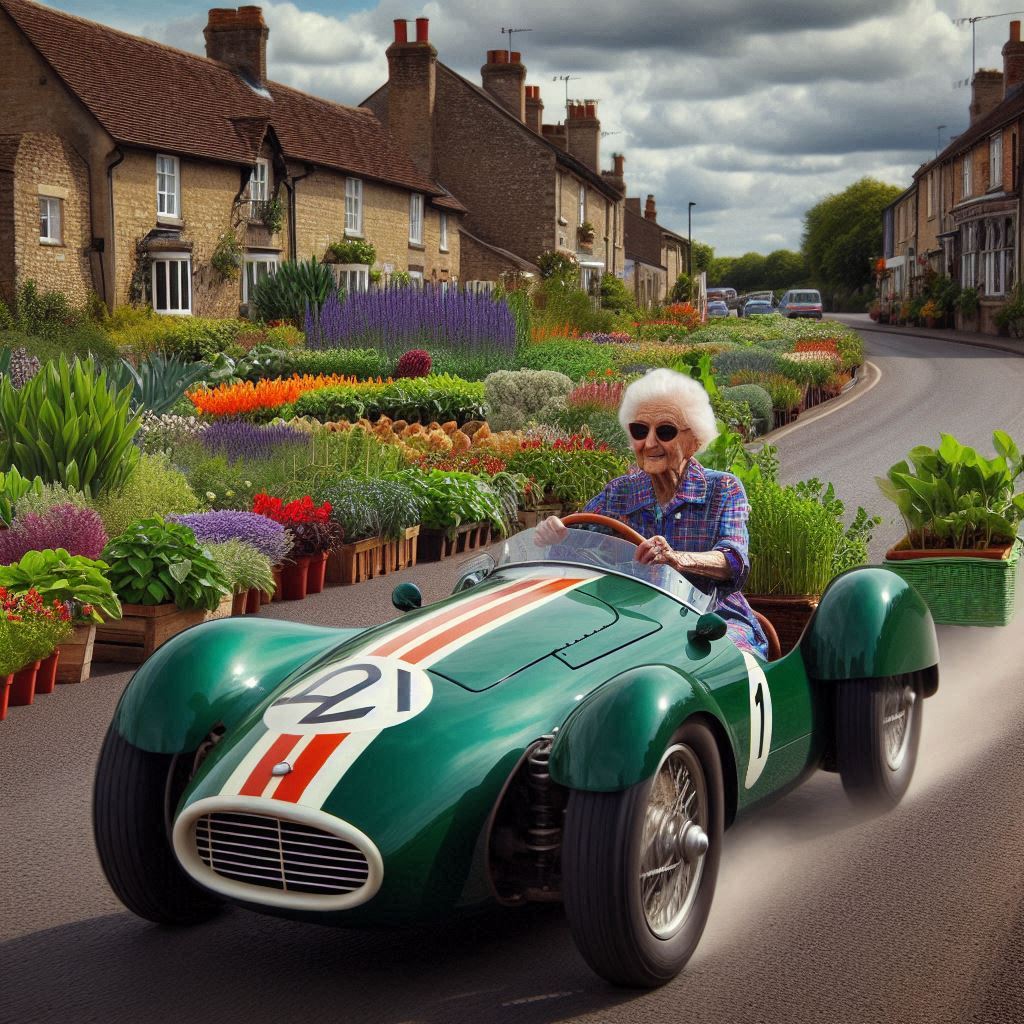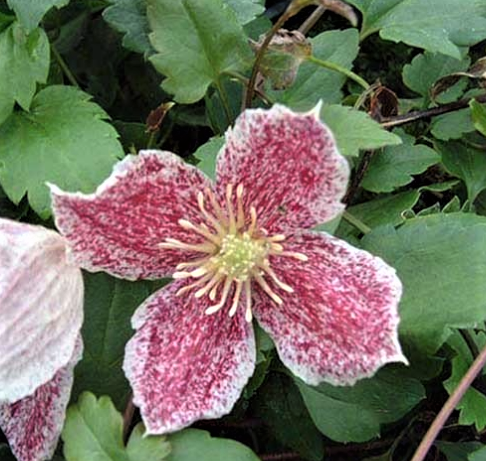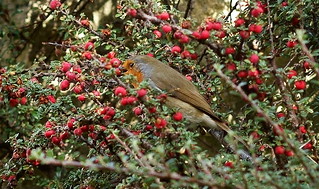A good hedge is an invaluable addition to any garden. It delineates and disguises boundaries, providing privacy for humans and habitats for wildlife, with nest sites for birds and foliage, blossom, nuts, and fruits to eat.
The leaf litter at the base of a mature hedge is perfect for hibernating creatures, especially reptiles and amphibians, or hedgehogs, provided they can get into your garden. Toads are great climbers, but hedgehogs need a gap somewhere to squeeze through.
The best wildlife hedges for small gardens are a mix of mainly native species
That is not to say that non-native plants are no good, on the contrary, plenty of non-native plants are great for British wildlife, but if the majority of plants in the hedge are native, you are onto a winner.
The mixed part is so important because different animals eat different things at different times, and no one hedge plant can provide as much as a team of them.
This is especially true of insects: many bugs will only eat certain plants, and they are critical to the food chain.
The easiest way to start a wildlife friendly hedge is with one of our hedges packs:
- Conservation hedge mix (6 Native Species)
- Bird Friendly hedge mix (9 Species, of which at least 8 are native)
Design your own mixed native hedge for wildlife
Ideally, hawthorn should be the backbone of any wildlife hedge. Blackthorn is great for wildlife too, but not for a small garden due to its suckering habit (making new shoots from its roots) that causes the hedge to widen over time. Blackthorn suckers are fairly easy to dig out, but it’s a chore you don’t need.
Other native, wildlife friendly, “country” hedge plants suitable for a small garden:
- Crab Apple
- Wild Pear
- Dog Rose and other wild roses
- Common Dogwood
- Field Maple
- Guelder Rose & Wayfaring Tree (which are both Viburnums)
- Hazel
- Spindle
- Sweet Briar Rose
- Wild Privet
- Buckthorn Alder
However, this is your hedge in your garden and its job is to please you. You are not bound by a law that says you can’t combine native country hedge plants with native formal hedge plants in your quest to bring all the birds and butterflies to your yard.
You can even plant “country” hedge plants in the middle of a city. You are free!

Yew and Holly are the only native evergreens widely used for a proper hedge.
Box is too slow-growing for most people’s tastes, and has less wildlife value anyway (unless you are a Box Tree Moth caterpillar).
Beech and hornbeam are great natives to mix into a wildlife hedge: beech needs sun and good drainage, hornbeam will thrive almost anywhere.
Non-native hedge plants that are great for wildlife
- Evergreen Viburnums: Eve Price or Dawn
- Berberis, especially evergreen varieties
- Cotoneaster
- Pyracantha
- Cherry plum (long naturalised in the UK, so it’s almost native)
Many of the biggest, most vigorous hedges that aren’t suitable for small gardens aren’t great for wildlife anyway
There are some very vigorous hedges like Leylandii that are no good for small gardens.
Leylandii and other conifers in general are also a poor choice because you can’t hard prune them if they ever get out of hand: you will leave permanent bald patches if you try.
Cherry Laurel and Portugal Laurel are vigorous hedge plants that can be hard pruned, but would need regular trimming to keep them under control.
But none of those plants are contenders for a really wildlife friendly hedge: they aren’t native and don’t have much wildlife value, apart from being evergreen.
Hedgerow Trees for Small Gardens
Small trees grown in the hedgerow will greatly increase the wildlife value, especially if you increase the diversity with trees that aren’t much good as a clipped hedge plant:
One to avoid is cherry blossom: lovely as they are, most varieties have very little wildlife value because they have “double flowers”, meaning more lovely petals but little to no nectar for insects.
Wildlife Friendly Climbers for Hedges
Climbers twining through your hedge provide even more food and shelter for wildlife.
You will see native Clematis vitalba, Old Man’s Beard, all over hedges in the countryside, but it’s much too invasive for most gardens.
Instead, try an evergreen winter clematis like ‘Freckles’, which create a deep tangle of stems, great for nesting birds.
Ivy OK growing up a hedge, but we think it makes better ground cover (see below); it’s a matter of personal taste. It takes a good few years to get there, but mature ivy flowers from September to November, great for late pollinators.
European Honeysuckle varieties are Lonicera periclymenum, not L. japonica, and they are key plants for several species of butterfly, including the rare white admiral.
Ground Cover Plants Under a Hedge
The base of a hedge provides more space to add wildlife-friendly plants. An easy choice are spring flowering native bulbs.
Shade-loving wild flowers such as garlic mustard (Alliaria periolata), lily-of-the-valley (Convallaria majalis), hedge woundwort (Stachys sylvatica) and hedge bedstraw (gallium mollugo) thrive in the sheltered conditions.
Ivy is another good choice, just don’t let it grow too far up the hedge; a yearly cut-back when you are trimming the hedge will keep it under control.
Leave a bit of mess
Planting a diverse hedge of mostly native plants is a huge help for wildlife, but the secret ingredient is to leave piles of logs, stones, and other such debris underneath it. If you clean out the base of the hedge too much, you’ll greatly reduce the habitat area, especially for hibernating animals.
Robin feeding on cotoneaster
Keep calm and carry on gardening
Nic Wilson, Writer and Garden Designer



I enjoyed reading this article and will buy some of these plants for a hedge that I wish to create at the edge of my property including honeysuckles and clematis.
Good article on wildlife hedging. Is Honeysuckle OK in an acidic clay/sand/ silt soul (Greensand Head in Charmouth)
Should be – it will grow pretty much anywhere.